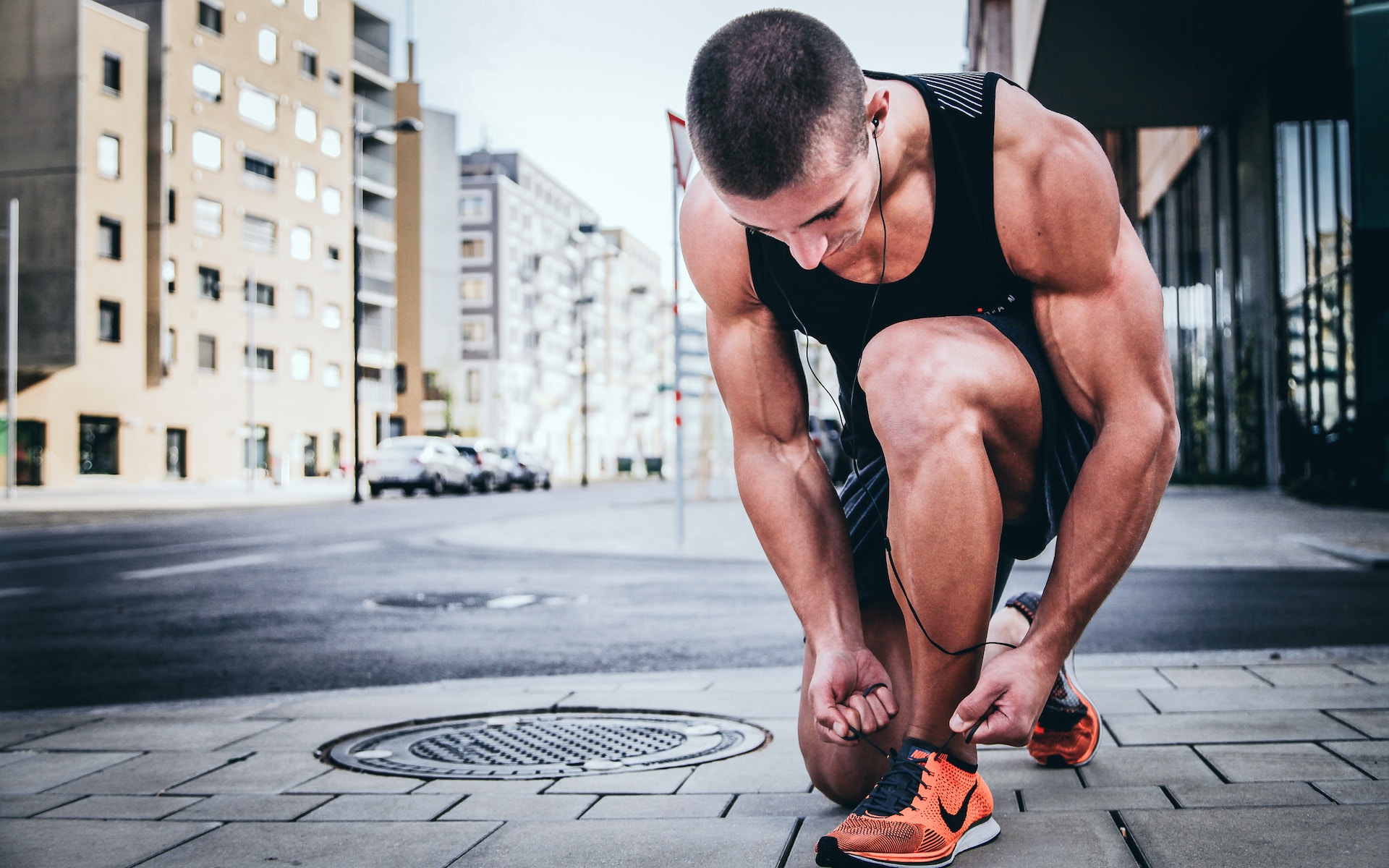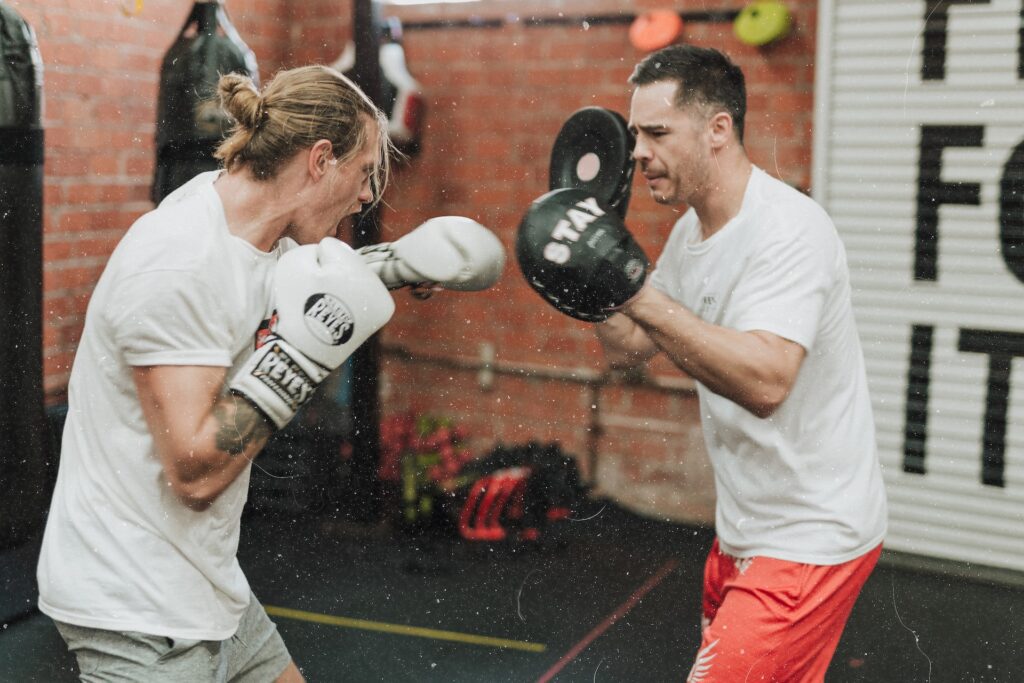Well-rounded, strong calves are one of the key components to a balanced martial arts repertoire, especially in Thai boxing. However, Thai boxing tends to be known as one of the more challenging disciplines for many people to master. Unless genetically blessed with natural agility and strength, most beginners must work to build their skills. But it doesn’t have to be that complicated. If you understand the basic techniques, exercises that activate the right muscles, and how to take an individualized approach to each beginner’s body and goals, you can help them create the strength and agility they desire in their martial arts journey.
Anatomy of Thai Boxing
Thai boxing, also known as Muay Thai, is a combat sport that uses stand-up striking along with various clinching techniques. It combines the use of fists, elbows, knees, and shins, making it a highly physical and versatile martial art. The discipline also includes certain grappling techniques like throws and clinches, making it essential for both self-defense and professional fighting.

Best Thai Boxing Techniques for Building Bigger Calves
Here are some of the best Thai boxing techniques for beginners to build stronger, more versatile skills and bigger calves. Select 2-3 techniques to add to their training each week. For skill growth, aim for a minimum of 6-12 reps for 4-5 sets twice a week. Adjust technique selections, rep ranges, and sets as needed to continue progressing.
- Jab and Cross: One of the most basic moves for Thai boxing development is the jab and cross. With hands up in a defensive position, the beginner will extend one arm out straight (the jab), followed by the other arm (the cross). Ensure your beginner uses control throughout the movement with a slight pause at the end of each punch.
- Roundhouse Kick: The roundhouse kick is a fundamental technique in Thai boxing. The beginner will pivot on one foot and swing their other leg around, striking with the shin. They should aim to hit a target at mid-level height, like an opponent’s ribs or thighs.
- Teep (Push Kick): The teep or push kick is used to maintain distance or disrupt an opponent’s balance. The beginner will lift one foot and thrust it forward, pushing out with the ball of the foot.
- Clinch and Knee: The clinch and knee technique is a close-range move. The beginner will clinch the opponent’s head or neck with their hands, then drive their knee upward into the opponent’s body.
- Elbow Strike: Elbow strikes are powerful close-range attacks. The beginner will strike the opponent with the point of the elbow, either in a slashing, upward, downward, or side-to-side motion.
- Footwork Drills: Building agility and balance on both the right and left sides of the body is crucial in Thai boxing. Footwork drills, such as forward and backward movement, side stepping, and pivoting, can be practiced to improve mobility and positioning.
Top Tips for Building Bigger Calves in Thai Boxing
Every beginner’s body, muscle fibers, muscle fiber recruitment, and starting point are different. It’s important to customize their Thai boxing training using some of the basic concepts for skill growth.
- Use Basic Training Principles: For skill growth to occur, you must overload the muscles in some way. Because most people use their muscles throughout most of the day, it’s important to push beyond what’s comfortable during training.
- Focus on Form: Proper form is crucial in Thai boxing to prevent injury and ensure effective strikes. Beginners should focus on mastering the form of each technique before increasing speed or power.
- Consistency is Key: Regular training is essential for improvement in Thai boxing. Encourage beginners to train consistently, even if they can only manage short sessions at first.
- Mind-Body Connection: Thai boxing is as much a mental discipline as a physical one. Encourage beginners to stay present and focused during training, paying attention to their body’s movements and responses.
- Recovery: Rest and recovery are just as important as the training itself. Ensure beginners are taking adequate time to rest and recover between training sessions.
- Nutrition: Proper nutrition supports training and recovery. Encourage beginners to eat a balanced diet to fuel their bodies for Thai boxing.
With these tips and techniques, beginners can start their journey in Thai boxing with confidence and a solid foundation of skills.






Have you ever thought about including a little bit more than just your articles?
I mean, what you say is important and all. Nevertheless imagine if you
added some great graphics or video clips to give your posts more, “pop”!
Your content is excellent but with pics and video clips, this blog could undeniably be one of
the greatest in its niche. Good blog!
Sure, we’ll keep that in mind. Thanks!